Did you know that Killifish, a popular choice among fish enthusiasts, can live in habitats as small as a bottle cap? These vibrant fish, despite their size, need specific care to thrive. If you’re eager to create a thriving habitat for your aquatic friends, the Ultimate Guide to Thriving Killifish Care is here for you.
Whether you’re experienced in Killifish breeding or a newbie wanting to add these unique fish to your collection, this guide is your go-to resource. Inside, you’ll find step-by-step instructions and expert tips. Learn how to provide the best care for your Killifish, from setting up their habitat to dealing with health issues. With this guide, you’ll discover how to keep your Killifish happy and healthy.
Table of Contents
Key takeaways:
- Killifish can thrive in habitats as small as a bottle cap.
- The Ultimate Guide to Thriving Killifish Care offers comprehensive instructions and expert tips for creating a thriving habitat for your fish.
- This guide covers everything from setting up the tank to feeding, caring for, and maintaining the health of your Killifish.
- Reading this guide will help you become an expert on Killifish care and ensure the well-being of your aquatic companions.
- Don’t miss out on the opportunity to provide the best possible care for your Killifish – grab a copy of the Ultimate Guide today!
Benefits of Reading the Ultimate Guide to Thriving Killifish Care
Knowing how to care for your Killifish is crucial. The Ultimate Guide to Thriving Killifish Care offers many benefits for your fish’s care. It has expert advice from seasoned Killifish breeders, giving you the latest and most trusted info.
Expert Advice from Killifish Breeders
This guide features expert advice from experienced Killifish breeders. Their insights and tips explain the specific needs of Killifish, including how to provide optimal living conditions. This knowledge is invaluable for both beginners and experienced hobbyists, ensuring your fish stay healthy and well.
Clear and Concise Instructions for Optimal Living Conditions
Creating the right living conditions is key for thriving Killifish. The guide gives clear steps on setting up the perfect habitat. It covers tank size, water parameters, and ideal plants. This way, you can mimic their natural environment closely.
Comprehensive Tips on Feeding and Caring for Your Killifish
Proper feeding and care are vital for your Killifish’s health and long life. The guide provides detailed advice on their diet and care. You’ll learn about their nutritional needs and how to establish a feeding routine. This helps keep your Killifish happy and healthy.
Insightful Guidance on Identifying and Managing Health Problems
Killifish can face health issues, like any pet. The guide offers guidance on spotting common health problems. Knowing the signs and symptoms lets you act quickly and treat them well, keeping your fish in good shape.
Getting the Ultimate Guide to Thriving Killifish Care improves your understanding and ability to care for these fish. With advice and tips from Killifish experts, you can create a great home, keep up a healthy feeding schedule, and manage health issues effectively.
| Benefits of Reading the Ultimate Guide to Thriving Killifish Care |
|---|
| Expert advice from experienced Killifish breeders |
| Clear and concise instructions for optimal living conditions |
| Comprehensive tips on feeding and caring for your Killifish |
| Insightful guidance on identifying and managing health problems |
Creating the Perfect Habitat for Your Killifish
Creating the perfect home for your Killifish is key to their happiness. The Ultimate Guide to Thriving Killifish Care offers all the info you need. It shows how to set up the best space for these interesting fish.
Recommended Tank Size
A tank that holds at least 10 gallons is good for a few Killifish. If you have a bigger group or larger fish, they’ll need more room to swim freely. This ensures they’re comfortable and healthy.
Water Parameters
Getting the water right is essential for your Killifish. They thrive in water that’s between 72°F and 75°F with a pH of 6.5 to 7.5. Check the temperature and pH often to keep their home stable.
Ideal Plants
Adding pretty plants to your Killifish’s tank makes it look nice and gives them spots to hide and play. Java Moss, Water Sprite, Anubias, and Duckweed are some great choices. They mimic the fish’s natural environment and help keep the water clean.
Check out the Ultimate Guide to Thriving Killifish Care for a full list of plant suggestions and how to care for them.
To make a happy home for your Killifish, follow the Ultimate Guide’s tips on tank size, water settings, and plants. This will help your fish stay healthy and show off their natural beauty.
Feeding and Caring for Your Killifish
Feeding your Killifish right is key. They need a balanced diet to stay healthy. The Ultimate Guide to Thriving Killifish Care has all the info on what they should eat and how to feed them right.
Killifish love a mix of foods. Give them both dry and wet foods to get all their nutrients. **Live foods**, like brine shrimp, daphnia, and bloodworms, are great. They mimic what Killifish eat in the wild. Don’t forget the **high-quality dry foods** like pellets and flakes, too.
Killifish tend to eat a lot when given the chance. But overeating can cause health issues. **Daily feeding** is good. Just make sure they eat it all in a few minutes.
Besides feeding, keeping the water clean is crucial. Check the water for the right temperature, pH, and ammonia levels. Doing **weekly water changes** of 20-30% keeps your fish happy and healthy.
Creating a Stimulating Environment
Killifish need more than just food and water. A tank that feels like their natural home benefits them. **Adding plants** like Java moss and Amazon sword makes the tank look good and gives them hiding spots.
Recommended Foods for Killifish
| Dry Foods | Live Foods |
|---|---|
| Pellets | Brine Shrimp |
| Flakes | Daphnia |
| Granules | Bloodworms |
To keep your Killifish entertained, add tank decorations. Rocks, caves, and driftwood are good for hiding and play. **Providing adequate lighting** and a regular day-night cycle also helps their mood and health.
Caring for Killifish requires attention to their diet, water, and home. Use the feeding guide and care tips for healthy, vibrant Killifish.
Recognizing and Treating Common Health Issues

Fish lovers know—Killifish can sometimes get sick. It’s key to spot and fix these health troubles. This keeps your water friends happy and healthy.
Common Health Issues in Killifish
For Killifish owners, knowing what can go wrong helps a lot. Common illnesses include:
- Ich (White Spot Disease) – small white dots show up on the fish.
- Fin Rot – fins slowly wear away and look ragged.
- Velvet Disease – a parasite makes the fish look as if it is covered in velvet.
- Dropsy – the fish’s body swells from too much fluid.
Spot these signs early to act fast and keep your fish safe.
Treating Common Health Issues
Quick action is key to helping sick Killifish. Treatment varies, but here are some steps to consider:
- **Quarantine the affected fish**: Keep the sick one away to protect others.
- **Research and identify the health issue**: Figure out exactly what’s wrong with your fish.
- **Adjust water parameters**: Make sure the tank’s conditions are perfect for healing.
- **Administer appropriate medication**: Use the right medicine for the problem at hand.
- **Follow medication instructions**: Stick to the dosing and treatment plan.
- **Monitor and observe**: Keep an eye on your fish and adjust care as needed.
Avoiding problems is better than fixing them. Clean water, the right food, and a well-kept tank keep fish healthy.
| Health Issue | Symptoms | Treatment |
|---|---|---|
| Ich (White Spot Disease) | Small white spots on the fish’s body, increased scratching against tank decor | Medication containing an effective ich treatment compound |
| Fin Rot | Frayed, deteriorating fins | Clean water and antibacterial medication |
| Velvet Disease | Velvet-like appearance on the fish’s body, fish rubbing against tank surfaces | Medication designed to target velvet parasites |
| Dropsy | Swollen body, scales protruding, lack of appetite and activity | Antibacterial medication and addressing any underlying causes |
Learning about common health issues makes you a better Killifish keeper. You’ll be ready to give your fish the care they need.
Recommended Killifish Species
When picking the best Killifish for your tank, think about what they need and if they get along with other fish. The Ultimate Guide to Thriving Killifish Care offers a list of great Killifish types. These are good for both new and seasoned fish keepers.
Here are some top Killifish choices:
- Aphyosemion australe – Known as the Chocolate Gourami, it’s loved for its beautiful colors and calm nature. They’re not hard to look after. They’re great for tanks with other peaceful fish.
- Fundulopanchax gardneri – Gardneri Killifish are a hit for their bright colors and simple care. They do well in many water settings and can adjust to various tanks.
- Nothobranchius guentheri – Guenther’s Nothobranch is a small, colorful Killifish. They have eye-catching patterns and are quite easy to breed, which makes them popular.
- Aplocheilus lineatus – Also called the Striped Panchax, they adapt easily and handle different water types. They’re known for being lively and having striking stripes.
Each Killifish type adds its special beauty to your tank. Think about their needs and if they play well with others when choosing. For more details on these and other species, check The Ultimate Guide to Thriving Killifish Care.
| Killifish Species | Unique Characteristics | Care Requirements | Compatibility |
|---|---|---|---|
| Aphyosemion australe (Chocolate Gourami) | Stunning colors, peaceful nature | Temperature: 72-79°F pH: 6.0-7.5 Tank Size: 10 gallons or larger |
Compatible with peaceful community fish |
| Fundulopanchax gardneri (Gardneri Killifish) | Vibrant colors, ease of care | Temperature: 70-75°F pH: 6.5-7.5 Tank Size: 10 gallons or larger |
Compatible with non-aggressive fish |
| Nothobranchius guentheri (Guenther’s Nothobranch) | Striking patterns, relatively easy to breed | Temperature: 72-79°F pH: 6.5-7.5 Tank Size: 10 gallons or larger |
Best kept in species-only tanks |
| Aplocheilus lineatus (Striped Panchax) | Active behavior, beautiful striped patterns | Temperature: 72-79°F pH: 6.5-7.5 Tank Size: 10 gallons or larger |
Compatible with peaceful community fish |
Maintaining a Healthy Killifish Habitat
Setting up a great home for your Killifish is just the start. Keeping that home healthy is key. The right killifish habitat maintenance helps them show natural behaviors and thrive. The Ultimate Guide to Thriving Killifish Care shares great tips. It covers water tests, cleaning, and fighting algae.
Regular Water Testing
For Killifish to be healthy, their water must be just right. Testing the water helps keep track of pH and other levels. This stops health problems and keeps their home safe.
Cleaning and Sanitizing the Tank
Cleaning is a must for a healthy tank. Use safe tools to clean the glass and inside. Steer clear of harsh cleaners that hurt fish. Also, clean or replace the filter when needed.
Managing Algae Growth
Algae is a big problem in tanks. To keep it in check, manage light and nutrients well. Adding algae eaters like snails can help. Always take out too much algae and watch for problems.
Follow these killifish habitat maintenance steps for a happy home. Your fish will be happier and healthier. A well-kept home lets them act naturally and stay well.
Recommended Killifish Habitat Maintenance Practices
| Practice | Description |
|---|---|
| Regular Water Testing | Monitor pH levels, ammonia, nitrite, and nitrate levels to ensure optimal water quality. |
| Cleaning and Sanitizing | Regularly clean the tank and sanitize surfaces to remove debris and harmful bacteria. |
| Managing Algae Growth | Implement strategies to control algae growth, such as maintaining a balanced light schedule and introducing algae-eating organisms. |
Popular Killifish Varieties: Clown Killifish and Gardneri Killifish
In the world of Killifish, there are many kinds to find. Two types really stand out: Clown Killifish and Gardneri Killifish. Let’s learn more about them and see why they are so loved.
Clown Killifish
- Scientific Name: Epiplatys annulatus
- Characteristics: Known for its bright colors and eye-catching patterns, the Clown Killifish is a joy to see. It’s small but lively, making any tank more fun.
- Ideal Tank Setup: These fish love a tank that’s full of plants and has places to hide. A sandy bottom and slow-moving water will make them feel at home. Their natural home is in West Africa.
- Breeding Tips: For breeding Clown Killifish, set up a tank with many plants and places where the fish can float. The water should be soft and a bit acidic, with a pH of about 6.0-6.5. Eggs stick to plants or the ground. Keep the water right and feed the young fish plenty of live food.
Gardneri Killifish
- Scientific Name: Aphyosemion gardneri
- Characteristics: The Gardneri Killifish is truly stunning, with colors that shine and fins that flow. It’s peaceful,making it perfect for tanks with other fish.
- Ideal Tank Setup: Create a tank that feels like their natural home with lots of plants and wood to hide around. Give them space to swim but also places that are shady. This keeps them healthy and acting naturally.
- Breeding Tips: To breed Gardneri Killifish, prepare a special tank with plants that have fine leaves and a floor of peat moss or a mix of peat and sand. The water should be warm, around 75-78°F (24-26°C), and a bit acidic. Eggs might stick to plants or rest on the ground. Keep the water clean, feed them well, and keep baby fish away from adults to breed them successfully.
The Clown Killifish and Gardneri Killifish show us the variety and beauty of Killifish. By knowing their needs and how to care for them in breeding, you can make a wonderful water world. These fish will make your tank beautiful and full of life.
| Killifish Species | Characteristics | Ideal Tank Setup | Breeding Tips |
|---|---|---|---|
| Clown Killifish | Vibrant colors and intricate patterns | Well-planted aquarium with hiding spots and open swimming areas | Separate breeding setups with dense plants, soft water, and abundant live foods |
| Gardneri Killifish | Extraordinary color palette and elegant fins | Plants, driftwood, and a balance of open spaces and shade | Separate breeding tank with fine-leaved plants, soft acidic water, and proper monitoring |
Conclusion
To master Killifish care, you need knowledge, dedication, and a commitment. The Ultimate Guide to Thriving Killifish Care covers everything. It talks about creating the perfect habitat and keeping the fish healthy.
This book gives you all the information and tips you need. You’ll be able to make a great home for your Killifish. It’s perfect for both experienced fish breeders and beginners.
Don’t miss this chance to become a Killifish Care expert. Get your copy of the Ultimate Guide to Thriving Killifish Care. Start your exciting journey with these amazing fish today.
FAQ
What information will I find in the Ultimate Guide to Thriving Killifish Care?
A: The Ultimate Guide to Thriving Killifish Care offers detailed tips. You’ll learn to create the perfect home, feed, and care for your Killifish. It also covers how to spot and fix health issues, suggests the best species, and keeps their home healthy.
What are the benefits of reading the Ultimate Guide to Thriving Killifish Care?
Reading the Guide gets you advice from experts. You’ll get clear steps for optimal living conditions. Plus, tips for feeding, care, and handling health issues are included.
What information does the book provide on creating the perfect habitat for Killifish?
It talks about the right tank size and water settings like temperature and pH. It also suggests the best plants for a real, natural home for your Killifish.
Where can I find a feeding guide for my Killifish?
The Guide has a detailed feeding guide. It explains what your fish need to eat and shares tips on care. It also advises on keeping water clean and making their space fun.
How can I recognize and treat common health issues in Killifish?
The Guide teaches you to spot common diseases and signs of illness. It also recommends ways to keep your Killifish healthy.
Which Killifish species are recommended for beginners?
It lists the best Killifish types for new and seasoned fish lovers. You’ll find details on their care, unique traits, and if they play well with others in a tank.
How do I maintain a healthy Killifish habitat?
The Guide offers tips and tricks for a healthy home, like testing water, cleaning the tank, and controlling algae.
What are some popular Killifish varieties mentioned in the book?
It features popular types like the vivid Clown Killifish and the striking Gardneri Killifish. You’ll learn about their special traits, perfect tank setups, and breeding tips.
Are killifish aggressive?
Yes, killifish can be aggressive, especially male killifish towards other males of the same species. They may also exhibit aggression towards smaller fish, shrimp, and other tank mates that can fit into their mouths. However, their aggression levels can vary depending on the species and the environment they are kept in.
What do killifish eat?
Killifish are omnivores and should be fed a varied diet consisting of high-quality flakes, live foods like brine shrimp, daphnia, and insect larvae, as well as frozen foods such as bloodworms and brine shrimp.
How long do killifish live?
The lifespan of killifish varies depending on the species, but most have a relatively short lifespan of 1-2 years, with some species living up to 5 years in captivity.
How many clown killifish in a 5-gallon tank?
A 5-gallon tank is generally too small for clown killifish. It is recommended to keep a single clown killifish or a pair in a tank of at least 10 gallons or larger.
How big do killifish get?
The size of killifish can vary greatly depending on the species, with some species growing as small as 1 inch and others reaching up to 6 inches in length.
How many killifish should be kept together?
The number of killifish that can be kept together depends on the species, tank size, and gender ratio. Generally, it is recommended to keep a single male with 2-3 females or a group of 6-8 individuals of the same species in a suitable tank size.
Are clown killifish aggressive?
Clown killifish, also known as rocket killifish, can be aggressive towards other fish, especially conspecifics (members of the same species). It is important to provide ample hiding spots and maintain proper water conditions to minimize aggression.
Are killifish community fish?
While some killifish species can be kept in community tanks, others may be too aggressive or have specific tank requirements that make them unsuitable for community setups. It is important to research the specific species and their compatibility with other fish before adding them to a community tank.
Are killifish freshwater?
Yes, killifish are freshwater fish and cannot tolerate saltwater conditions.
Are killifish livebearers?
No, killifish are not livebearers. They are egg-laying fish, and some species exhibit unique breeding behaviors, such as burying their eggs in the substrate or attaching them to plants or surfaces.
Are killifish schooling fish?
Most killifish species are not schooling fish, but some species may exhibit shoaling behavior when kept in groups. However, they are generally not considered true schooling fish.
Can killifish live with bettas?
It is generally not recommended to keep killifish with bettas, as bettas can be aggressive towards other fish, and killifish may nip at the betta’s fins or become prey for larger bettas.
Can killifish live with guppies?
Killifish and guppies can potentially be kept together, but it is important to provide ample hiding spots and a large enough tank to accommodate both species. Killifish may nip at or consume small guppies, so it is essential to monitor their interactions closely.
Can killifish live with shrimp?
Killifish may prey on shrimp, especially smaller shrimp species, as they can fit into the killifish’s mouth. It is generally not recommended to keep killifish with shrimp unless the shrimp are large enough and the tank provides ample hiding spots for the shrimp.
Can you keep different species of killifish together?
It is generally not recommended to keep different species of killifish together, as they may have different water parameter requirements, breeding behaviors, and aggression levels. Keeping different species together can lead to stress, aggression, and potential hybridization.
Do killifish eat shrimp?
Yes, killifish may eat shrimp, especially smaller shrimp species that can fit into their mouths. It is important to provide ample hiding spots for the shrimp and ensure that the killifish are well-fed to reduce the risk of predation.
Do killifish jump?
Some killifish species are known to be jumpers, especially when startled or during breeding periods. It is important to have a tight-fitting lid on the aquarium to prevent killifish from jumping out.
How many clown killifish in a 10-gallon tank?
A 10-gallon tank can accommodate a small group of 3-4 clown killifish, provided the tank is well-planted and has ample hiding spots.
How many least killifish in a 5-gallon tank?
A 5-gallon tank is generally too small for most killifish species. It is recommended to keep a single least killifish or a pair in a tank of at least 10 gallons or larger.
How much are killifish?
The cost of killifish can vary depending on the species, rarity, and source. Generally, common killifish species can range from $5 to $20 per fish, while rarer or more exotic species may cost significantly more.
How to breed clown killifish?
To breed clown killifish, provide a well-planted tank with soft, acidic water and a breeding mop or spawning surface. Condition the fish with live or frozen foods, and the female will lay eggs on the spawning surface, which the male will fertilize.
How to breed killifish?
The breeding process for killifish varies depending on the species. Some species are egg-buriers, while others are egg-hangers or surface-spawners. It is important to research the specific breeding requirements for the species you wish to breed.
How to care for killifish?
Proper care for killifish involves providing a suitable tank size, maintaining appropriate water parameters (temperature, pH, and hardness), offering a varied diet, and providing hiding spots and spawning surfaces if breeding is desired.
How to hatch killifish eggs?
The process of hatching killifish eggs varies depending on the species. Some eggs can be hatched in the aquarium, while others may require removal and incubation in a separate container with moist peat moss or other substrates.
How to keep killifish?
To keep killifish, provide a suitable tank size with soft, acidic water, and maintain appropriate water parameters. Offer a varied diet, including live and frozen foods, and provide hiding spots and spawning surfaces if breeding is desired.
What do marsh killifish eat?
Marsh killifish are omnivores and will accept a varied diet consisting of high-quality flakes, live foods like brine shrimp and insect larvae, as well as frozen foods such as bloodworms and brine shrimp.
What is a killifish?
Killifish are a group of freshwater fish belonging to the order Cyprinodontiformes. They are known for their unique breeding behaviors, such as egg-burying or egg-hanging, and their ability to survive in temporary water bodies.
Will Killifish eat cherry shrimp?
Yes, killifish may eat cherry shrimp, as the shrimp are small enough to fit into the killifish’s mouth. It is generally not recommended to keep killifish with cherry shrimp unless the shrimp have ample hiding spots and the killifish are well-fed.
How many clown killifish should be kept together?
It is recommended to keep a group of 3-4 clown killifish together in a tank of at least 10 gallons or larger, with a ratio of one male to two or three females.
How many golden wonder killifish should be kept together?
Golden wonder killifish can be kept in groups of 6-8 individuals in a tank of at least 20 gallons or larger, with a ratio of one male to two or three females.
References
International Killifish Association (IKA)
The IKA is a non-profit organization dedicated to the study, conservation, and promotion of killifish species worldwide.
Website: https://www.ikillies.com/
American Killifish Association (AKA)
A leading organization in the United States that focuses on killifish research, conservation, and hobbyist activities.
Website: https://www.aka.org/
British Killifish Association (BKA)
A UK-based organization that brings together killifish enthusiasts, promotes the hobby, and supports conservation efforts.
Website: https://www.killifish.org.uk/
International Union for Conservation of Nature (IUCN)
The IUCN maintains the Red List of Threatened Species, which includes assessments and conservation status for various killifish species.
Website: https://www.iucnredlist.org/
Convention on International Trade in Endangered Species of Wild Fauna and Flora (CITES)
CITES regulates the international trade of certain endangered killifish species to ensure their survival in the wild.
Website: https://www.cites.org/
I am a passionate aquarist with over 30 years of hands-on experience in fishkeeping. My journey began at a young age, collecting fish from the wild and learning through experimentation. Specializing in tropical fish, I bring a deep understanding of the hobby to FishKeepingMadeSimple. The site provides honest, detailed reviews of essential products and accessories to help fellow enthusiasts create the best environments for their fish.

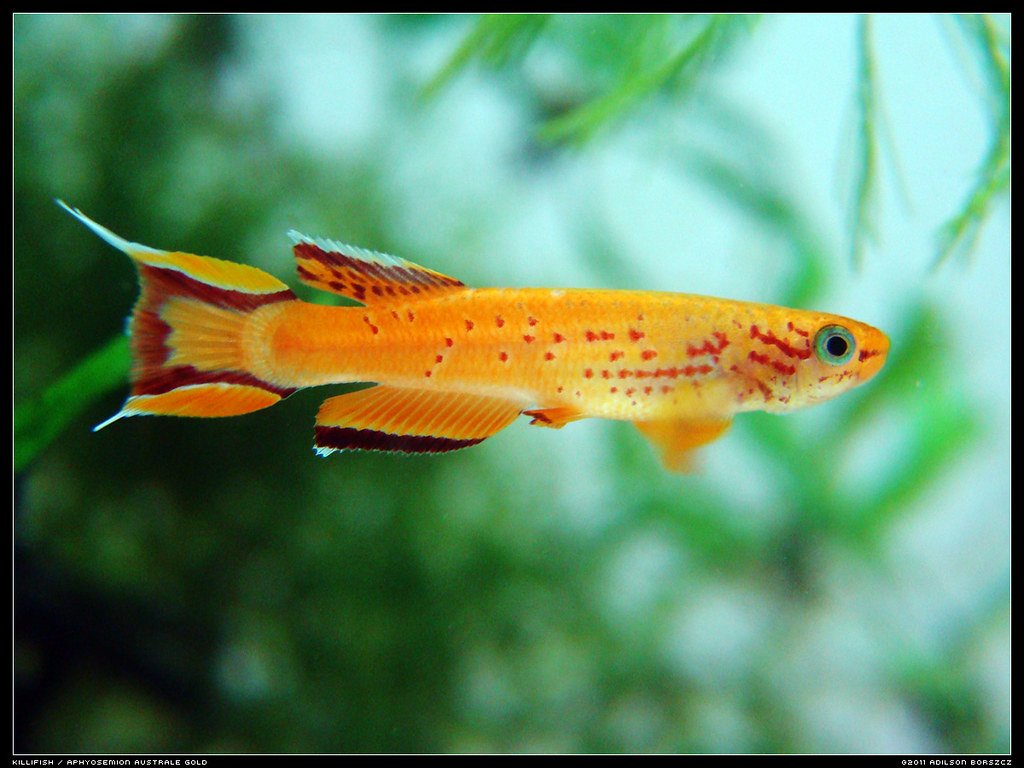
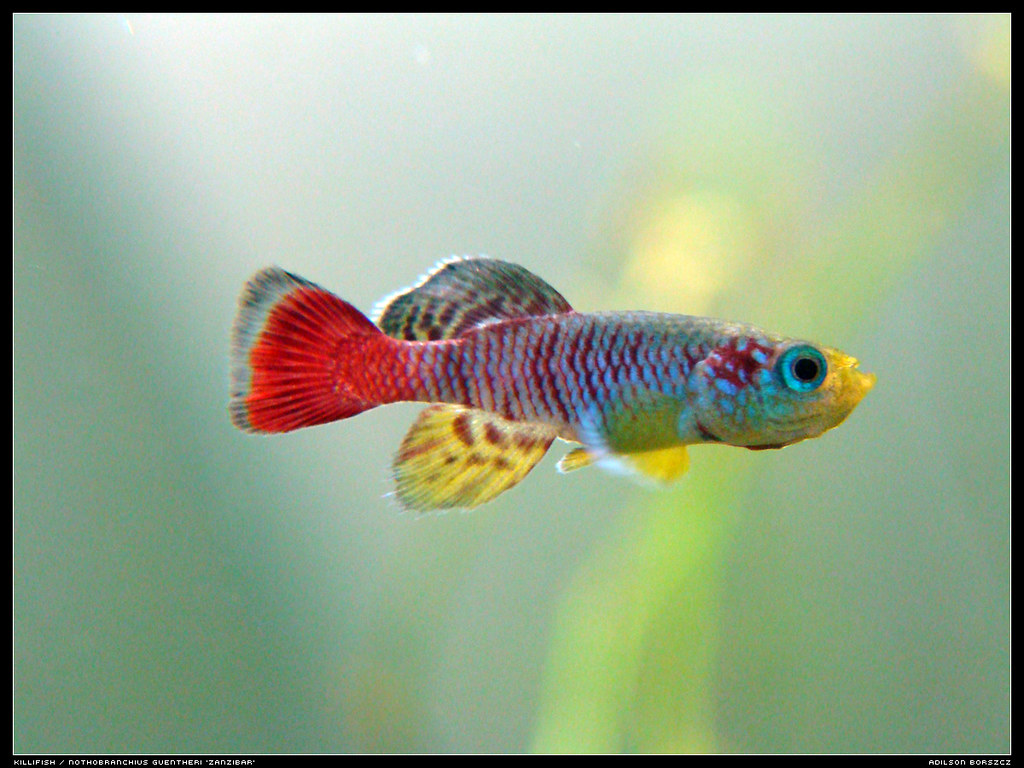
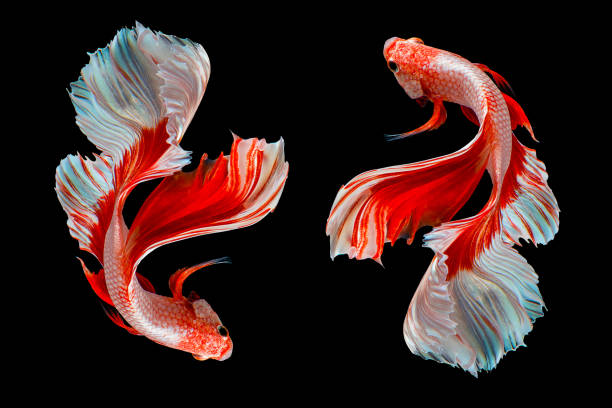

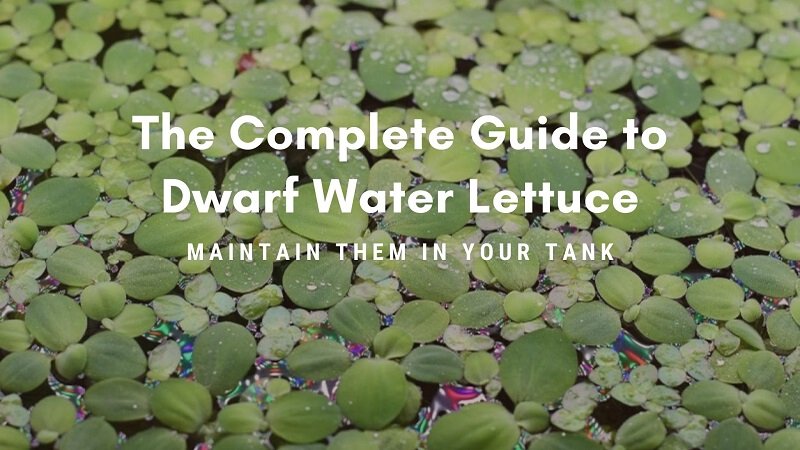
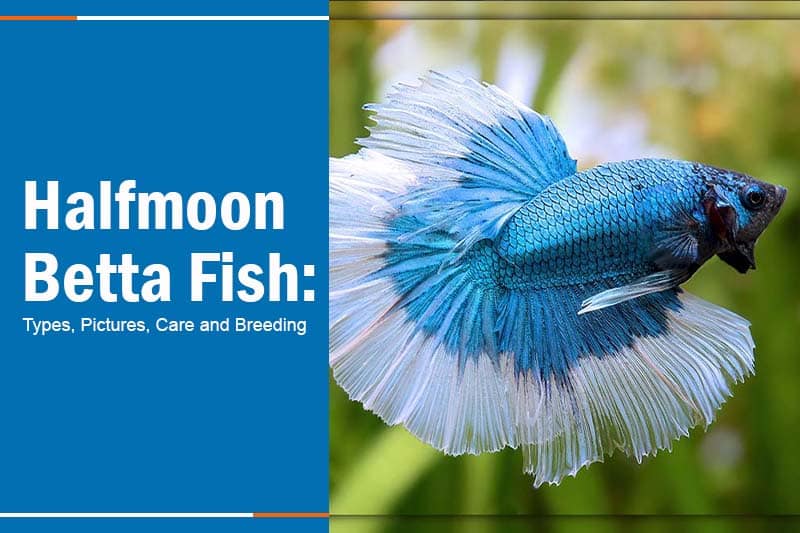
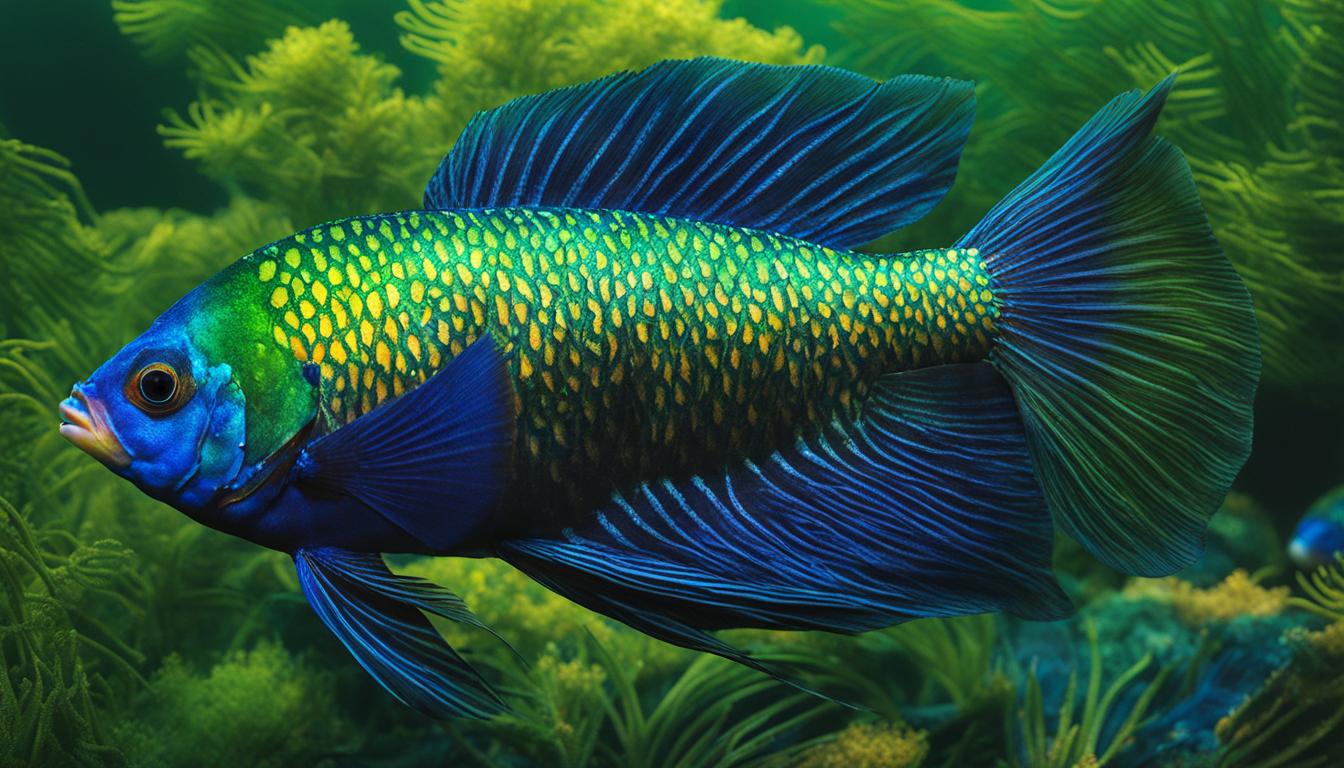
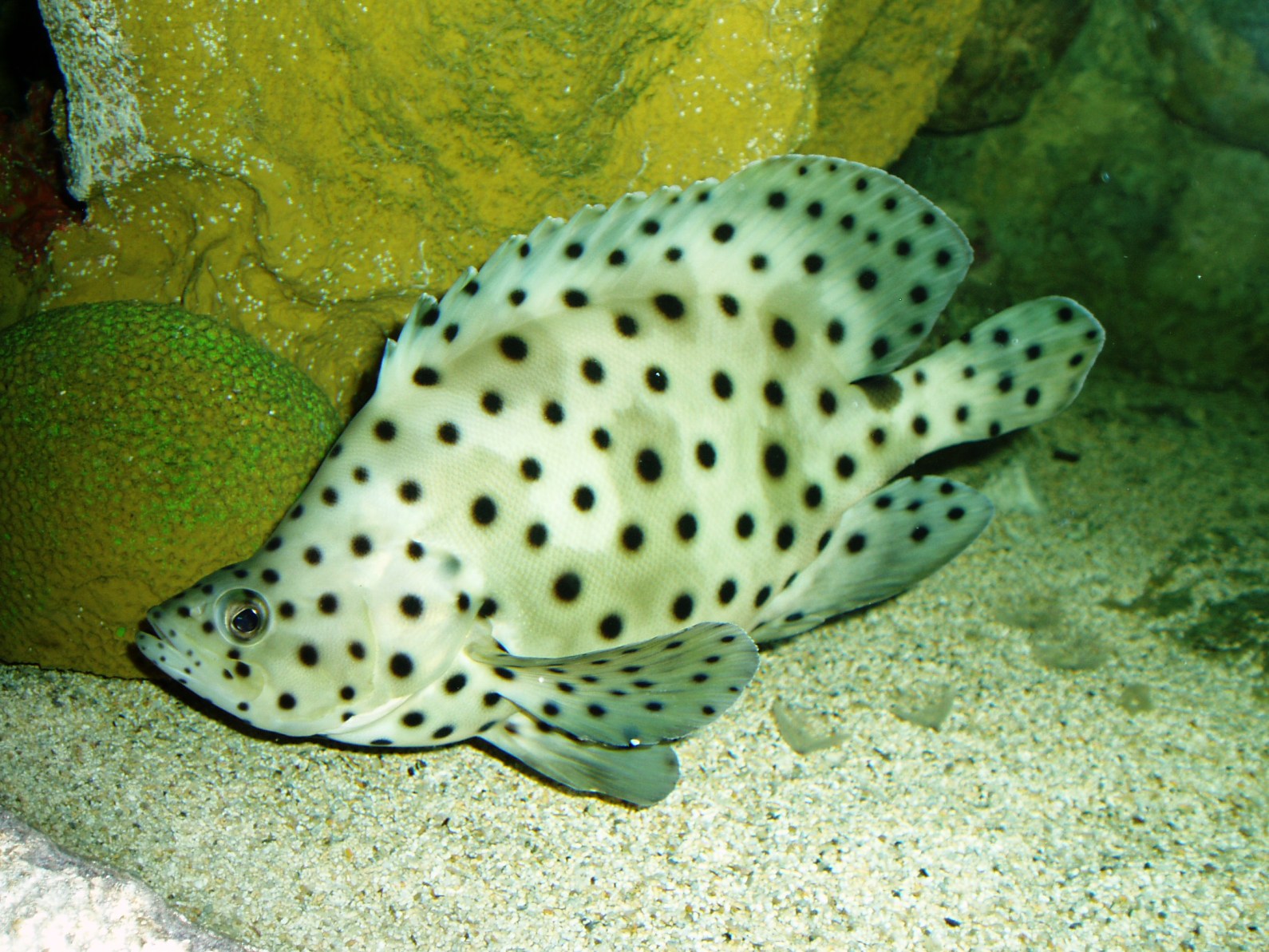


[…] with Tiger Barbs? And what are the secrets to successful breeding? Prepare to dive into a comprehensive guide that will equip you with all the knowledge you need to create a thriving aquarium with Tiger Barbs […]
[…] When it comes to caring for red tail sharks, there are a few important factors to consider. From setting up the right tank conditions to choosing compatible tank mates, a little bit of knowledge can go a long way in ensuring the well-being of these incredible fish. So, let’s dive in and uncover the secrets to mastering red tail shark care! […]
[…] this comprehensive guide, we will explore the optimal pH range for tropical fish and provide practical tips on how to […]